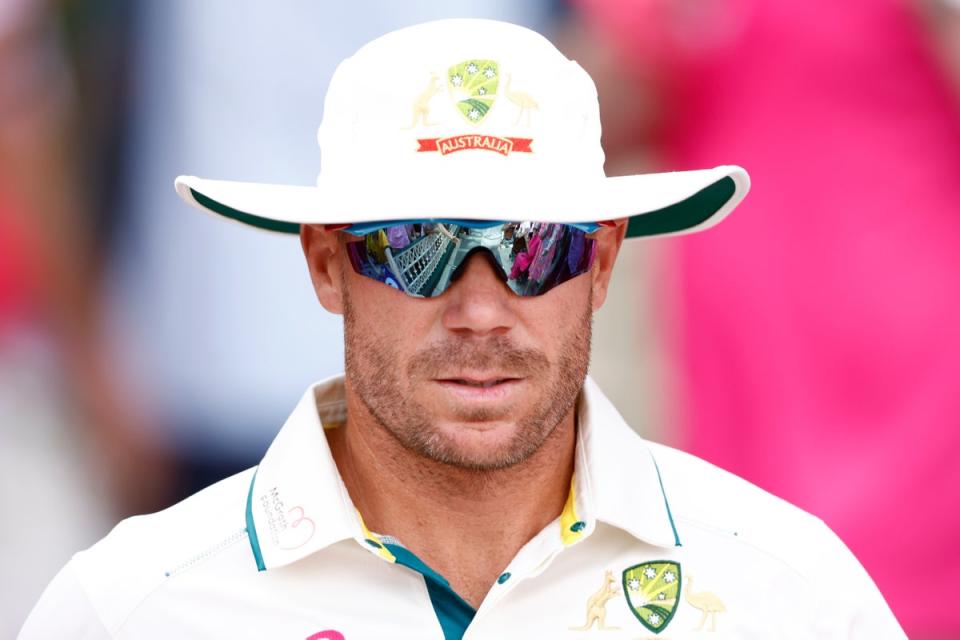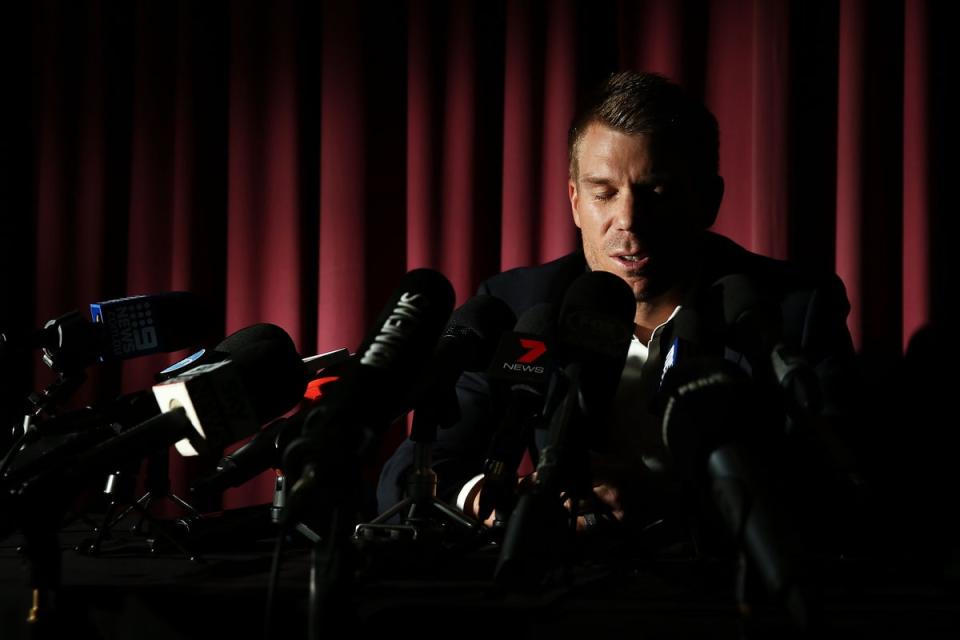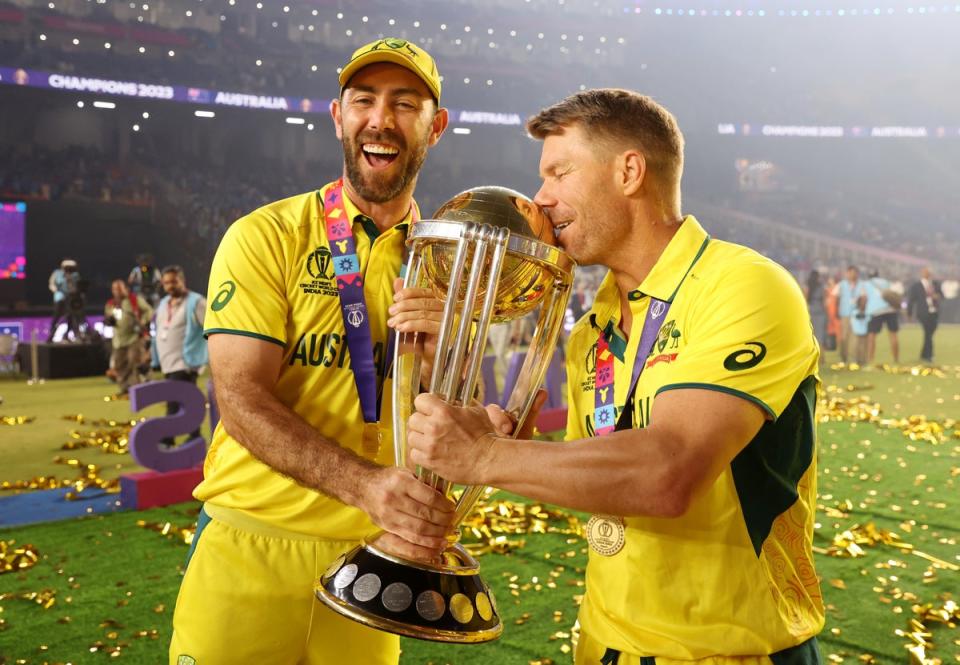David Warner: The good, the bad and the ugly of Australian cricket’s bad boy

David Warner is cricket’s pantomime villain. England fans love to hate him, and even Australians are not in agreement over what they think of the left-handed opener.
Sport loves a villain. Nick Kyrgios portrays himself as the ‘bad boy’ of tennis while Diego Maradona was embroiled in controversy as much as he stunned the world with his footballing skill. Warner is cricket’s answer, and the sandpaper incident may yet become his legacy in the sport, just as English bowlers Douglas Jardine and Harold Larwood have become synonymous with the infamous “bodyline” series of the 1930s, or Trevor Chappell and his underarm delivery in 1981.
The spectre of ‘Sandpaper-gate’ in March 2018 has followed him ever since that fateful day at Newlands, Cape Town. The television cameras spotted Cameron Bancroft with sandpaper, sparking widespread change, the end of a captaincy and an organisation. Only those in the Cricket Australia dressing room and management staff may know the full events that transpired in that Test match, or if rumours are to be believed, some of those series leading up to it.

Warner was blamed as the architect of the ball-tampering plot, and hit with a year-long suspension, but was also banned from holding any leadership position for the rest of his career. It has haunted him ever since, including an ill-fated brief attempt to overturn the ban in 2022, although he eventually withdrew the appeal.
As far as England fans are concerned, Warner was not universally liked even before the incident, which stretches back to his unprovoked attack on Joe Root in a bar following Australia’s loss to England at Edgbaston in 2013, for which he later apologised.
But he has been a mainstay of the Australian top-order across all formats over the last decade. While not necessarily an aesthetically pleasing batter, he has certainly been effective. Warner announced ahead of Australia’s final Test of the current series against Pakistan at the Sydney Cricket Ground that he would also not be returning to the ODI fold.
Ahead of the third Test, Warner had amassed 8,695 Test runs at an average of 44.58, although his record in England is far more modest. In overseas Ashes series he did not score a single century, and in 19 Tests averaged only 26.48. In one-day international cricket, he averaged 45.30, having scored 6,932 runs in 161 matches including 22 centuries.

Warner is an ideal cricketer for what the game has become. An explosive top-order batter, he has come to life at the same time as the global game and looks set to become a globetrotting T20 specialist for the remainder of his career. He has starred in the lucrative Indian Premier League and become a world-renowned batter across the formats.
There have been questions raised over whether Warner deserves the fated final farewell, such was his role during what was arguably Australia cricket’s darkest hour in the aftermath of the sandpaper scandal. Even Mitchell Johnson, the star of Australia’s 2017-18 Ashes victory, hit out at his former teammate Warner ahead of the series. The fast bowler called for the 37-year-old to be dropped and argued he did not deserve a swan song.
Ahead of the summer’s Ashes, Warner presented himself to the media as a changed person and a family man. He will bow out with an impressive list of cricketing exploits, although the shadow of the ball-tampering scandal may be too difficult to shake when it comes to his lasting legacy.

